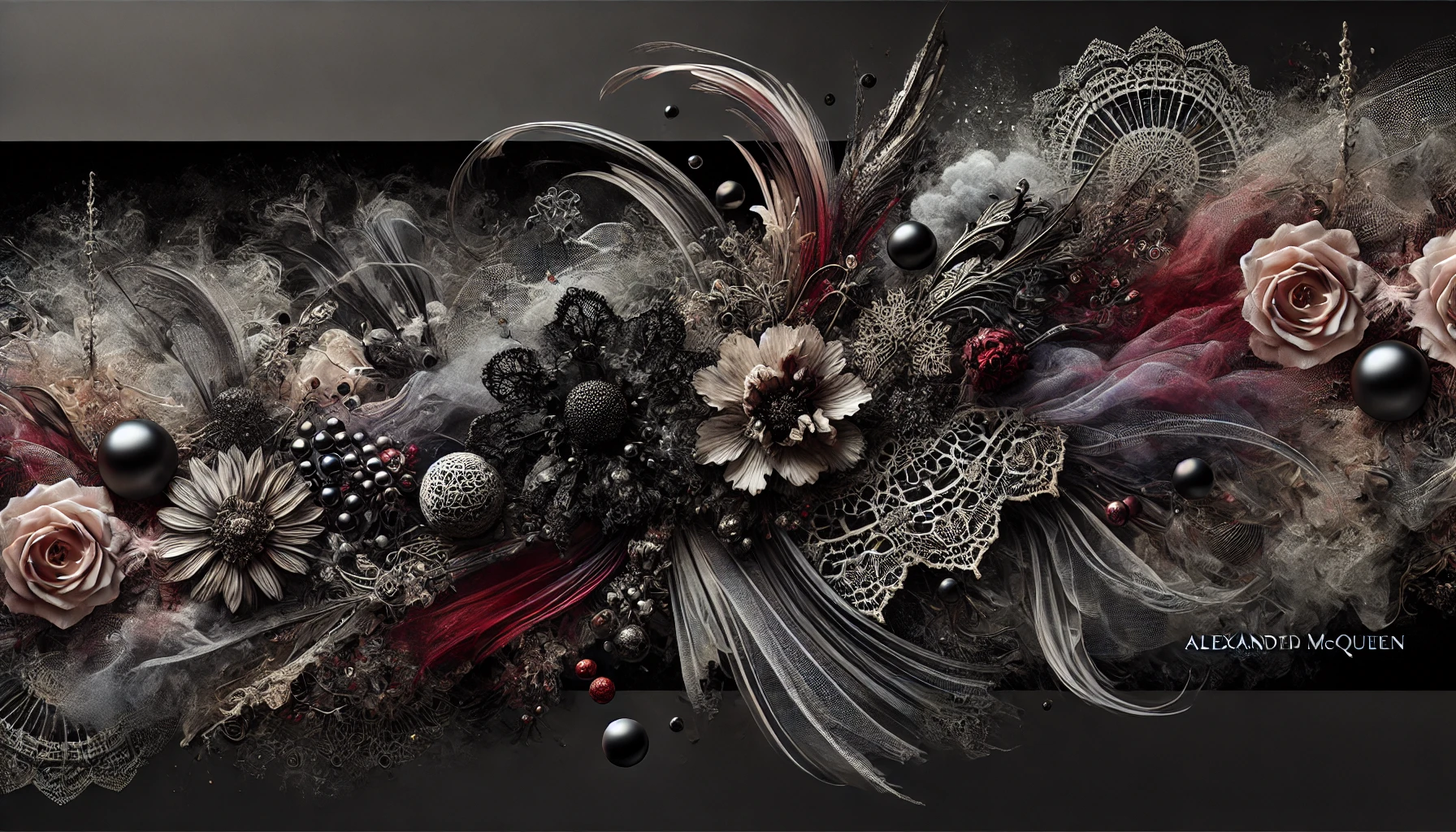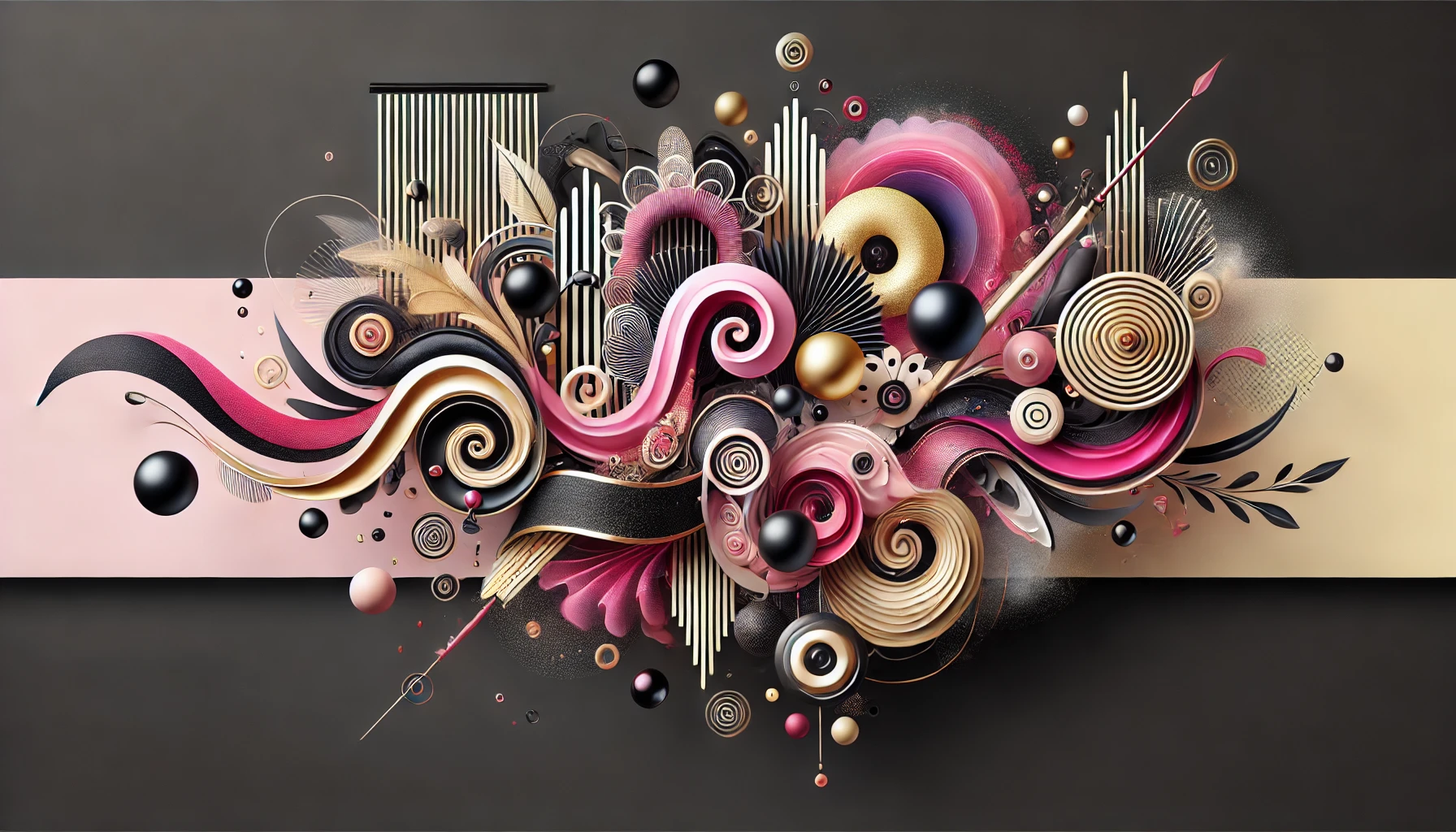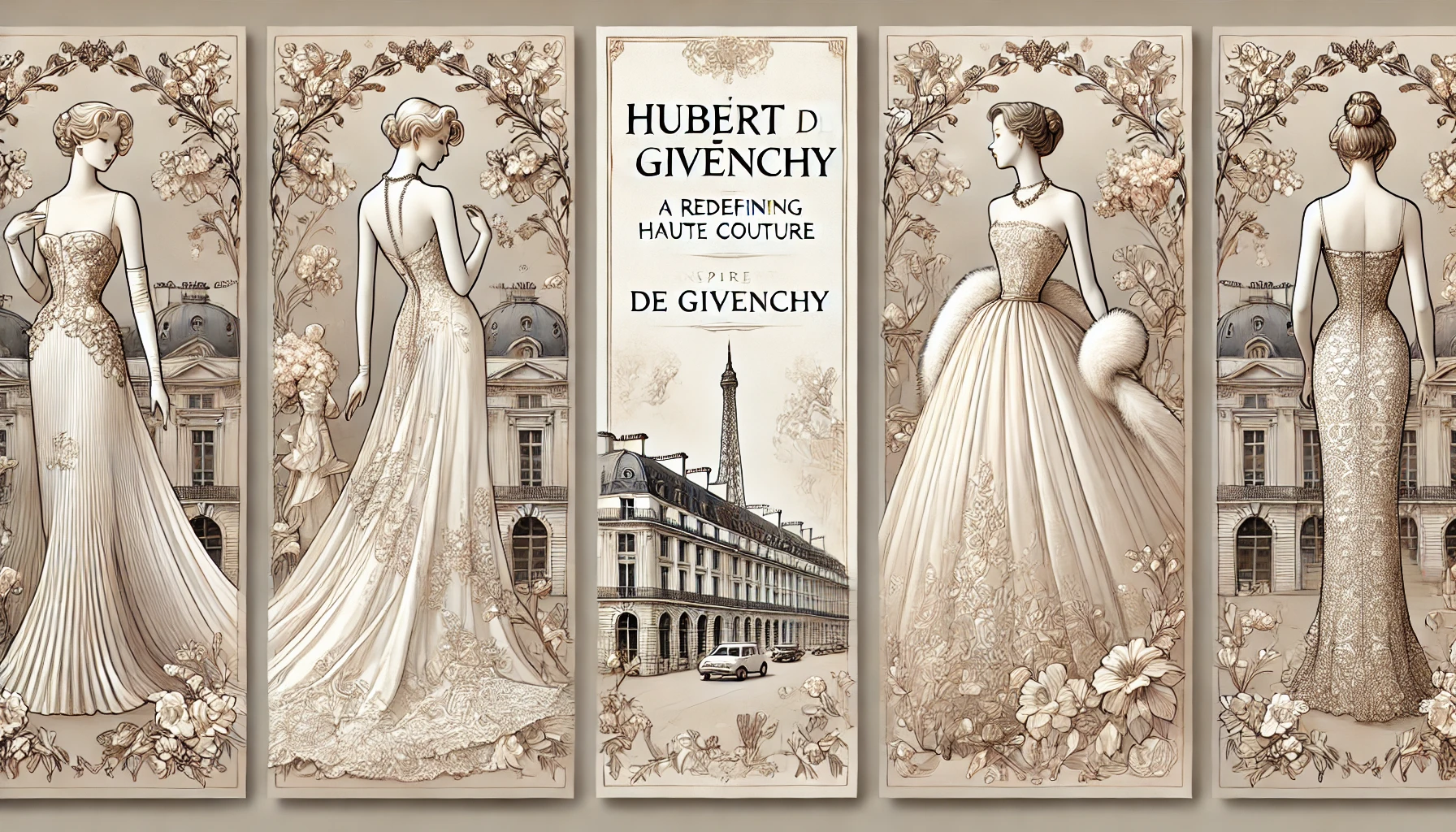Alexander McQueen: The Dark Poet of Fashion Who Redefined Beauty

Picture this: A dimly lit runway, models strutting in clothes that look like they’ve been torn from a Gothic fairy tale. A glass box shatters, releasing a swarm of moths. A hologram of Kate Moss floats ethereally in a billowing dress. This wasn’t just fashion—it was theater, rebellion, and raw emotion. Welcome to the world of Alexander McQueen, the enfant terrible who turned runway shows into blood-pumping art and made skull scarves the uniform of cool. But how did a working-class kid from East London become fashion’s most electrifying provocateur? And why does his work still feel like a punch to the gut, over a decade after his death? Let’s dive into the mind of the man who dressed angels and demons with equal passion.
Who Was Alexander McQueen?
Born Lee Alexander McQueen in 1969, the self-proclaimed “pink sheep” of his family started his career stitching suits on Savile Row—London’s hallowed ground of tailoring. “I wanted to be a designer since I was three,” he’d say, though his path was anything but smooth. After getting fired from a costume shop (for “improving” a prince’s outfit without permission), he enrolled at Central Saint Martins. His 1992 graduate collection, Jack the Ripper Stalks His Victims, featured hair woven into blood-stained lace—a harbinger of the chaos and beauty to come.
McQueen’s rise was meteoric. By 27, he was head designer at Givenchy, clashing with execs who called his work “too dark.” By 35, he’d built his own empire, blending Savile Row precision with a punk rock soul. But behind the scenes, McQueen battled demons, culminating in his tragic suicide in 2010. His final note? “Look after my dogs. I love you.”
The McQueen Aesthetic: Beauty Born from Chaos
McQueen didn’t design clothes—he built armor for outcasts. His aesthetic was a fever dream of contrasts:
- Savile Row Meets Slasher Flicks: Razor-sharp tailoring collided with shredded fabrics and bondage straps. Think tailored coats with bullet casings sewn into the lining.
- Nature as Nightmare: Feathers erupted from shoulders like broken wings. Dresses “rotted” with 3D-printed mushrooms. Models walked with antlers strapped to their heads.
- Tech as Brushstroke: He pioneered laser-cutting, 3D printing, and holograms before they hit the mainstream. His 2010 Plato’s Atlantis collection predicted digital fashion trends a decade early.
- Romantic Grotesque: Ball gowns made of oyster shells. Dresses “painted” by robotic arms mid-show. McQueen turned fashion into visceral storytelling.
Iconic Moments That Broke Fashion’s Brain
McQueen’s runway shows were the stuff of legend—part exorcism, part rock concert. These shows changed the game:
- Highland Rape (1995): Models stumbled down the runway in torn lace, confronting Scotland’s violent history. Critics called it misogynistic; McQueen called it “giving a voice to the violated.”
- No. 13 (1999): A model in a white dress stood center stage as robotic arms spray-painted her. Pure industrial ballet.
- VOSS (2001): A mirrored box opened to reveal naked models surrounded by moths, with supermodel Erin O’Connor trapped in a glass mental ward. Chilling commentary on beauty standards.
- Widows of Culloden (2006): A ghostly hologram of Kate Moss swirled in a glass pyramid, marrying tech and romance.
Why Designers Still Obsess Over McQueen
For fashion rebels, McQueen is the patron saint of “f**k it, let’s try.” Here’s why his DNA is everywhere:
- Emotion Over Commerce: McQueen prioritized gut-punch impact over sellability. “I don’t care if they don’t buy it. I want them to feel something,” he’d say.
- Technical Sorcery: His apprenticeship on Savile Row gave him an obsession with construction. A single jacket could have 200 pattern pieces—all cut by hand.
- Fashion as Therapy: Collections channeled his trauma—his sister’s abuse, his mother’s death. He turned pain into something breathtaking.
- Rulebook? What Rulebook: He sent models down runways on fire, with prosthetic legs, or covered in blood. Today’s viral fashion stunts? All McQueen’s children.
How to Steal McQueen’s Magic (Without the Meltdowns)
Want to inject McQueen’s madness into your work? Try these moves:
- Clash Eras Like Cymbals: Pair a Victorian corset with neon latex. Mix baroque embroidery with dystopian tech. McQueen loved historical mashups.
- Build a World, Not a Collection: Each show had a narrative—a shipwreck, a mental asylum, Darwin’s evolution. Design with a storyboard, not a mood board.
- Let the Seams Scream: Exposed zippers, raw edges, unfinished hems. McQueen made imperfections into signatures.
- Wear Your Heart (Even If It’s Broken): Channel personal pain into your work. As McQueen said, “I design from the gut, not the head.”
The House of McQueen Today: Ghosts & Genius
Since McQueen’s death, protégée Sarah Burton has helmed the brand, softening his edge with poetic grace (see: Kate Middleton’s wedding dress). Yet the DNA remains—in SS23’s rotting floral prints or FW22’s armor-like leather. The challenge? Honoring Lee’s vision without becoming a tribute act. The solution? Burton’s quiet rebellion: replacing shock with subtlety, keeping the craftsmanship and storytelling alive.
Your Turn: What’s Your McQueen Moment?
McQueen once said, “Fashion should be a form of escapism, not a form of imprisonment.” So, how will you break free? Share your most unapologetic design in the comments—and tag a designer who needs a dose of chaos! For more on fashion’s rulebreakers, hit subscribe and join the rebellion.
From Savile Row to the runway in the sky, McQueen’s legacy reminds us: True beauty isn’t pretty. It’s primal. Now go rip up the rulebook.

